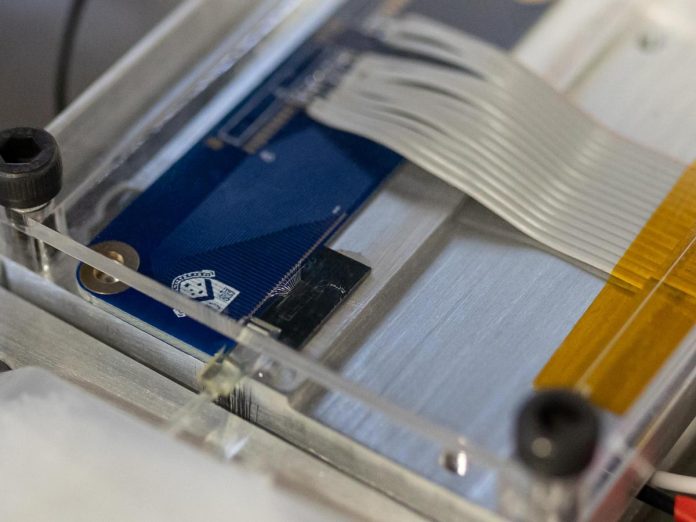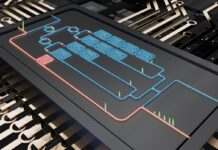
Scientists from Monash and RMIT Universities in Melbourne have developed a method to create the world’s first self-calibrated photonic integrated circuit that builds bridges between data superhighways.
Three years in the making, the breakthrough is aimed at revolutionising the connectivity of current optical chips by replacing bulky 3D optics with a wafer-thin slice of silicon.
The latest innovation, published in Nature Photonics, is expected to warp-speed the global advancement of artificial intelligence. It could also enable driverless cars to instantly assess surroundings or allow for a much faster diagnosis of medical conditions using artificial intelligence, according to a press release from Monash University.
Additionally, the chip could accelerate natural language processes for virtual assistants such as Google Homes, Alexa, and Siri. It could also result in smaller switches for reconfiguring optical networks that carry the internet, ultimately streamlining the delivery of data where it is needed.
Arthur Lowery, a Monash University ARC Laureate fellow professor and the project’s lead investigator, said the breakthrough complements the previous discovery of Monash University’s Bill Corcoran, who developed a new optical microcomb chip that is capable of handling three times the traffic of the entire NBN through a single optical fibre.
“We have demonstrated a self-calibrating programmable photonic filter chip, featuring a signal processing core and an integrated reference path for self-calibration,” Lowery explained.
According to Monash University, emerging Internet of Things solutions like self-driving cars, remote-controlled mining, and medical equipment will require even faster and increased bandwidth in the future.
Aside from improving optical fibres, boosting bandwidth also involves providing compact switches of many colours going in many directions, so data can be sent down many channels at once.
“The idea that a device can have an on-chip reference system that allows all its components to work as one, is a technological breakthrough that will allow us to address bottleneck internet issues by rapidly reconfiguring the optical networks that carry our internet to get data where it’s needed the most,” said Professor Arnan Mitchell from RMIT University’s Integrated Photonics and Applications Centre.



















